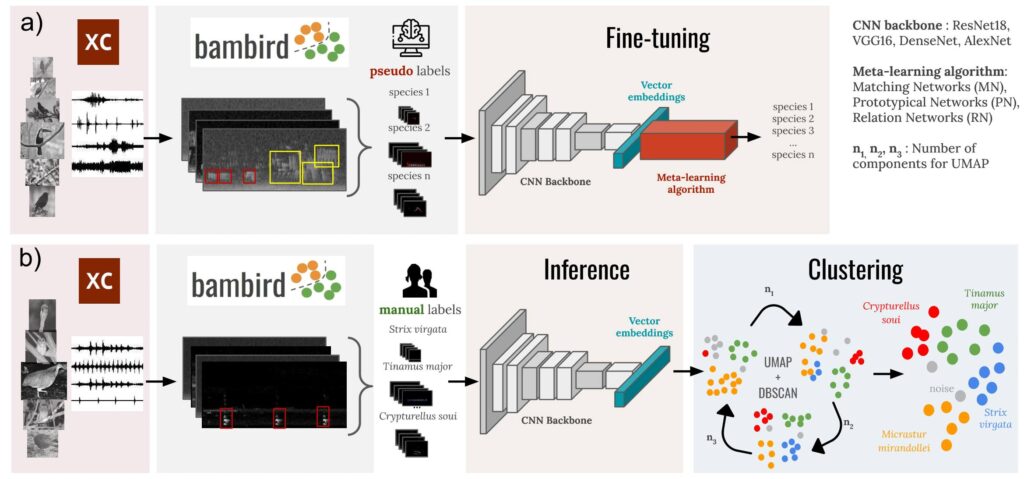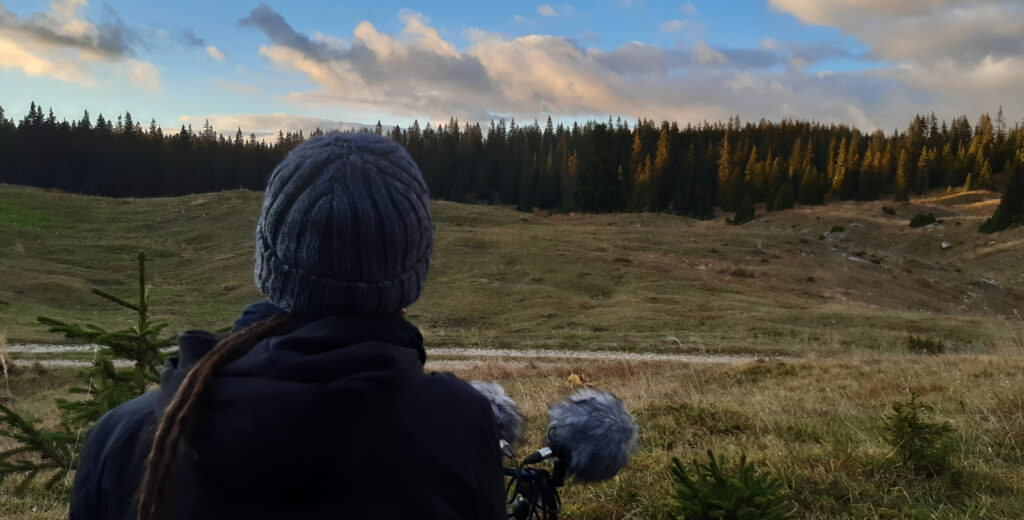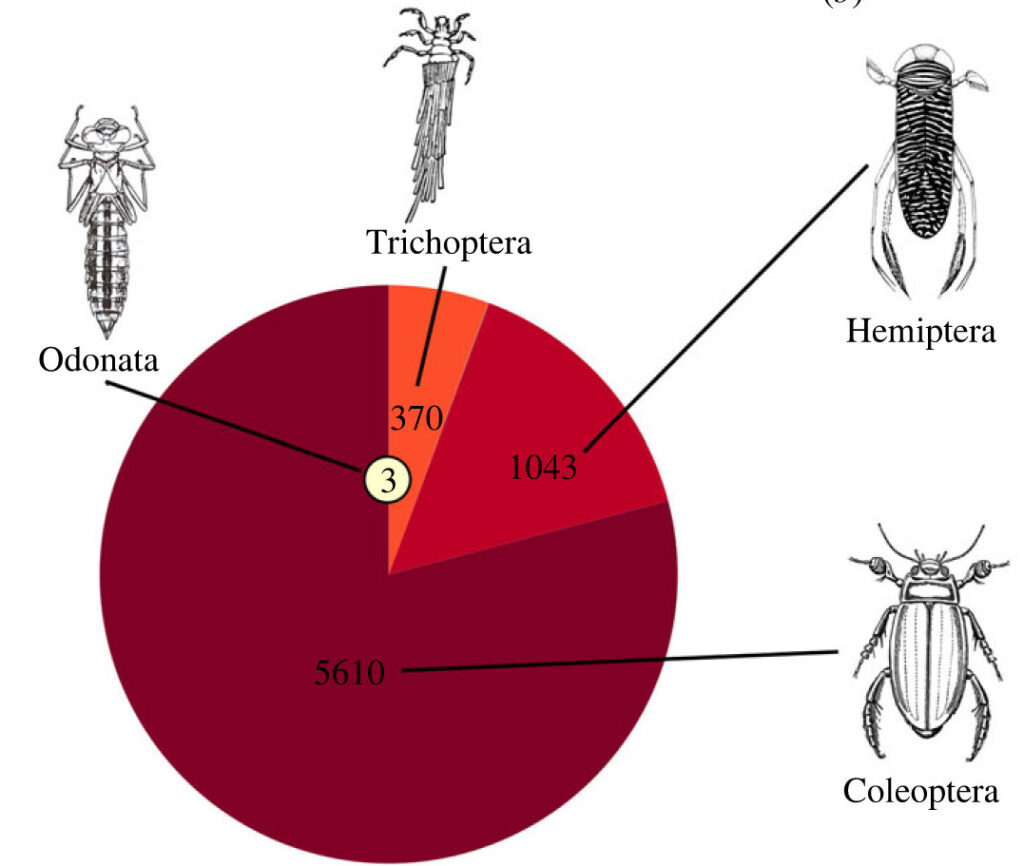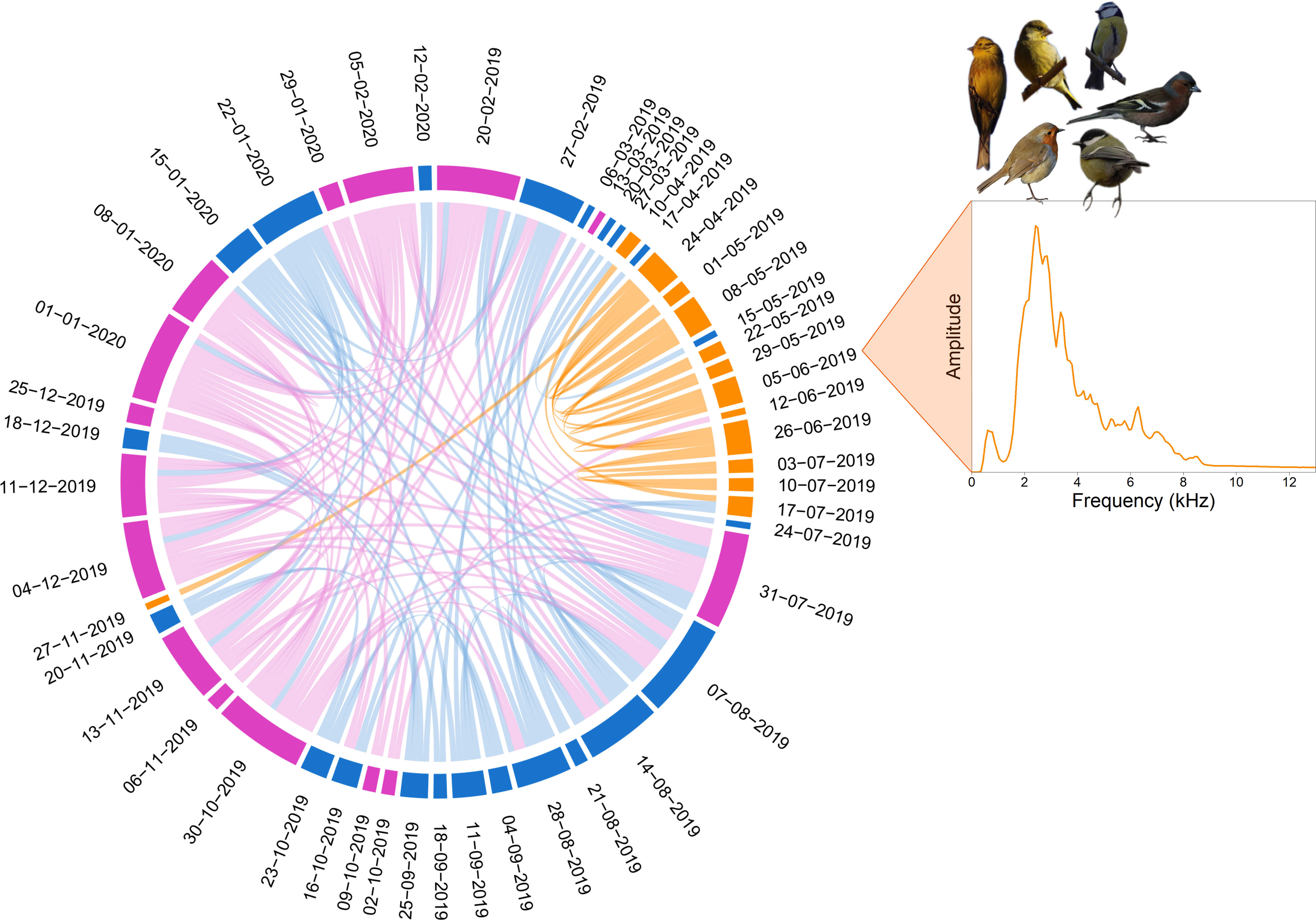
A part of EAR team was present and very active at the 5th World Ecoacoustics Congress that was organized by Diego Llusia and his team in Madrid. Since the first session organized in 2014 in Paris by the starting EAR team, the congress increased in size with more than 250 attendees for this Spanish version. This session was so intense and inspiring!
EAR members (from left to right Manon Ducrettet, Léa Mariton, Yves Bas, Yann Teytaut, Joachim Poutaraud, Sylvain Haupert, and Jérôme Sueur) presented 1 poster, gave 6 talks, and participated to 2 exciting round tables.










